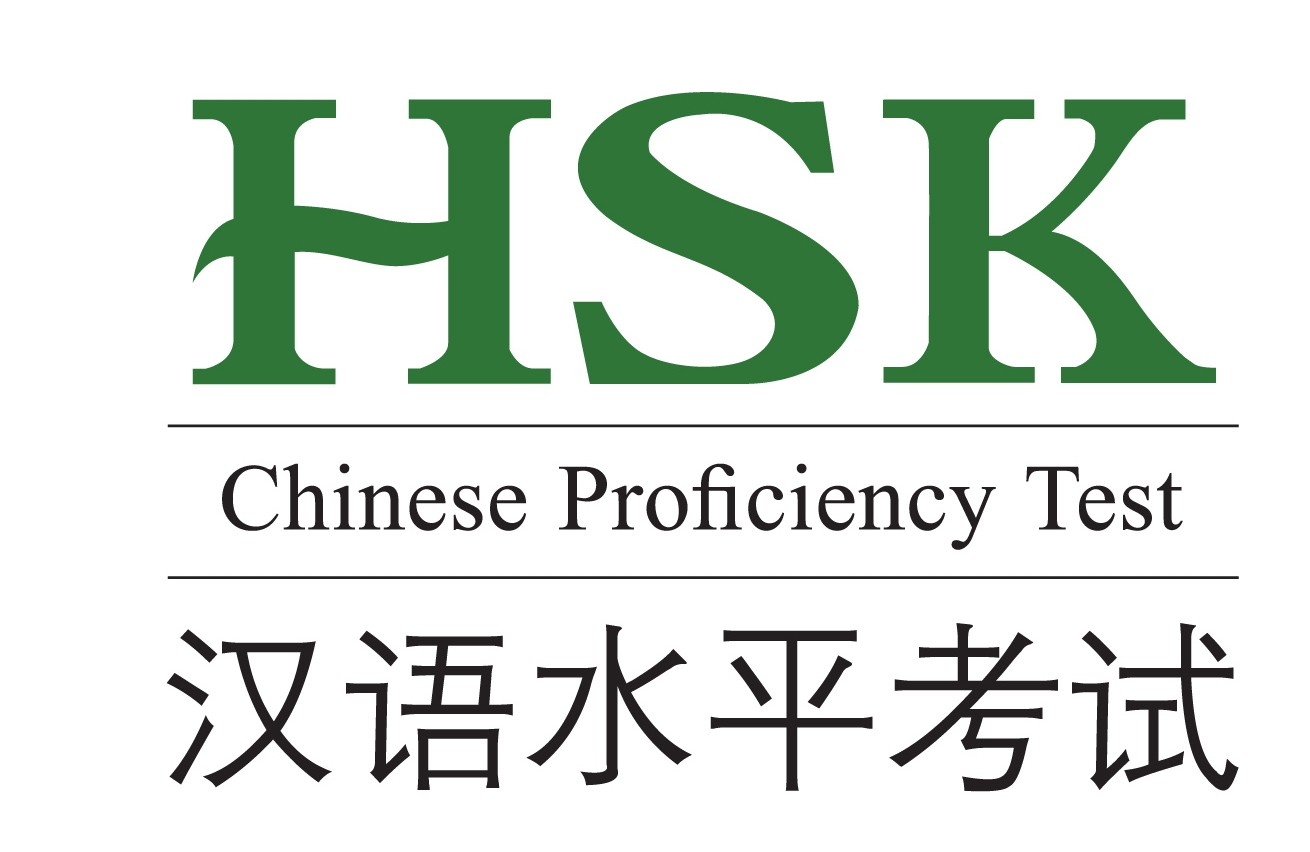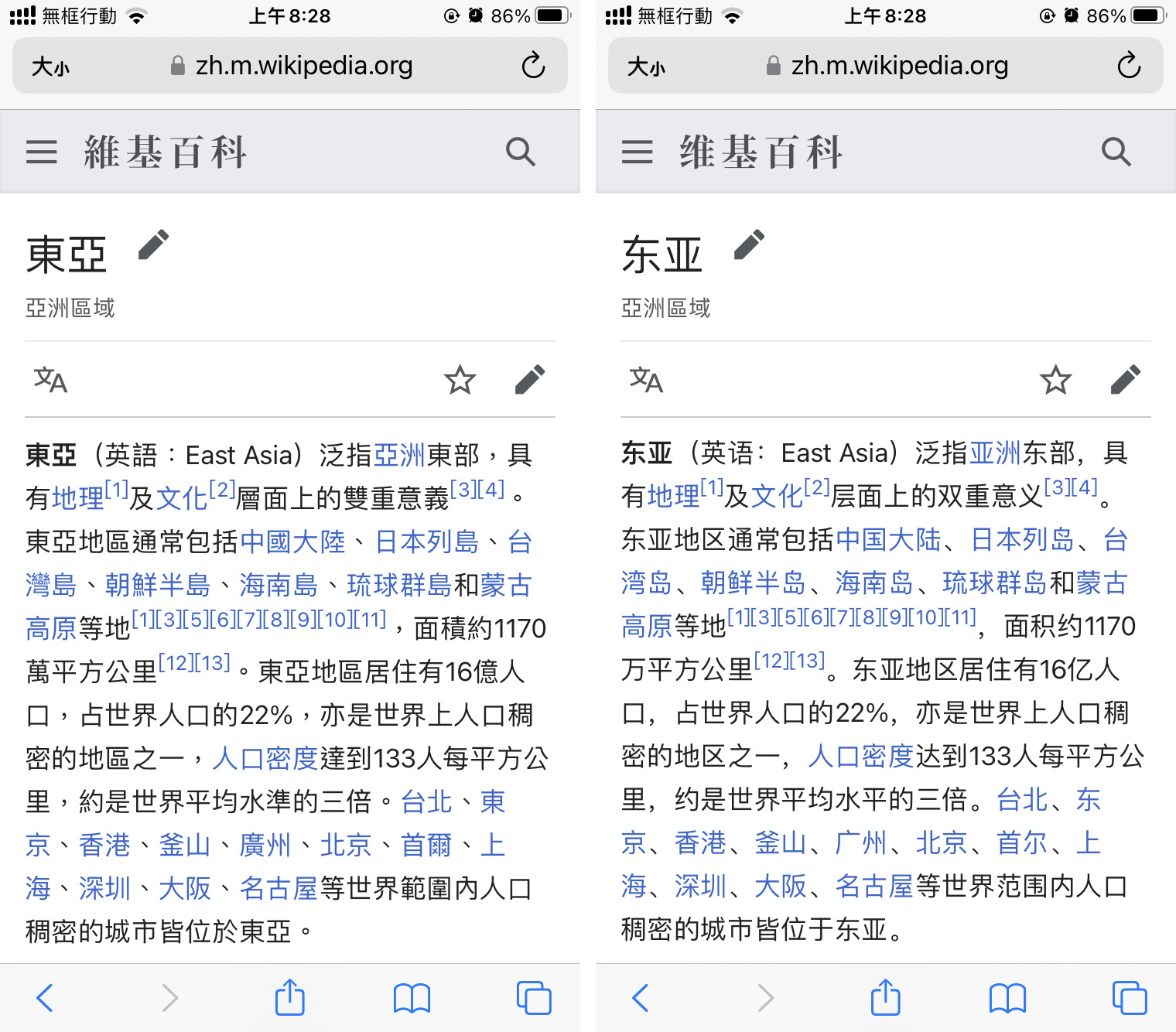Guide to Learning Traditional HSK Chinese Characters
 Kevin
\\
Kevin
\\
If you are learning Chinese, you may have heard of the Hanyu Shuiping Kaoshi, also known as the HSK or the HSK Chinese Proficiency Test. It is the standard proficiency test for Mandarin Chinese within China, making it the de-facto standard of Chinese proficiency worldwide. Due to this, it is often used and referenced across a wide variety of Chinese language learning resources and apps, such as HanziHero.

However, the main HSK guidance criteria is is entirely in simplified characters. This is no surprise, as the entirety of China has standardized around simplified characters. In fact, only Hong Kong, Macau, and Taiwan still use traditional characters today.
Given this, if you are learning traditional characters - especially in Taiwan - you may be wondering whether it is worth caring about the HSK at all.
In this article, I’ll go over why the HSK is still a useful set of learning guidance to follow even for those focused on traditional characters. I’ll cover some drawbacks you will need to keep in mind when using HSK or HSK-adjacent resources if you are focused on traditional characters. Lastly, I’ll explain some methods HanziHero uses to make learning traditional Chinese characters as seamless as possible for our users, which you can leverage in your own studies.
Let’s dive in!
- Utility of HSK for traditional character learners
- Drawbacks to keep in mind
- How HanziHero teaches traditional HSK characters
- Conclusion
Utility of HSK for traditional character learners
Given that the HSK is entirely focused on simplified script, it seems like it would not be a great resource at all for those learning traditional characters. However, it is actually far more useful than you would imagine!
Many resources center around it
One great reason to follow the HSK is that many educational resources reference and follow it.
Whether it is graded readers, textbooks, or YouTube videos targeted at learners, it isn’t uncommon to see some sort of HSK designation next to parts of the content to give you an idea of its difficulty. Even many discussion posts on forums like Reddit may use the HSK level to easily convey to others one’s current proficiency in the language.
Many of those reading resources, such as online graded readers, will indicate the difficulty of each text with an HSK level designation. Those same apps will also usually have both a traditional and simplified script option.
Mapping between simplified and traditional characters is simple
For the traditional and simplified characters that do differ, they do so in a standard way. In other words, there is a clear mapping between a traditional character and its simplified variant.
In fact, this mapping is so straightforward that the Chinese version of Wikipedia can simultaneously support both traditional and simplified script, seamlessly converting one to the other depending on user preferences!

This aspect of easy conversion also means that most learning resources or apps can easily offer a traditional script variation of their content if they put in the minimal effort to do so. Because of this, many resources, especially reading-focused ones, offer both traditional and simplified script. This means you can learn the characters you want with little downside!
Test certificate has broad utility
Given that the HSK is the de-facto standard Chinese proficiency test across the world, knowing more of the characters and words within it will be greatly beneficial if you ever need to actually take the test.
Even for those who are learning Chinese out of personal instead of professional interest, being able to take the test at some point as a way of proving to yourself your level of proficiency can be a great goal to set.
Great source of frequent characters and words
However, in my mind, the greatest benefit of using the HSK is the fact that is is a great source of words and characters that the Chinese themselves actually use.
Think about it, this standard test is backed by years of development and research by China’s Ministry of Education. They put in all of the hard work for you, identifying the most common words and characters in Mandarin Chinese and arranging them in an realistic order for learning.
By following HSK guidelines, you can spend less time on trying to decide what to learn, and more time actually learning. More than that, you can be confident that the words and characters you do learn are relevant in daily life.
This is why HanziHero sources most of our words from the HSK, in addition to other resources. We know that words in earlier HSK levels are going to be more useful for our users who want to learn Chinese vocabulary words.
Drawbacks to keep in mind
However, there are some major drawbacks to using the HSK while learning traditional characters that you should keep in mind.
Most HSK resources don’t use Taiwanese pronunciation
While there is a large overlap between traditional and simplified characters, and a clear mapping between them, most HSK-focused resources that contain pinyin or voice over audio will not use Taiwanese pronunciation within their audio or pinyin transcriptions.
Most users who learn traditional script do so because they have interest in living, studying, or understanding the culture and media of Taiwan, so this can be major source of frustration.
For example, when I used a certain “graded reader” app that is popular in the Chinese learning community, I did so because it supported traditional characters. Later on, I found that the audio and pinyin transcriptions where entirely in Mainland accent. Given that I was learning Chinese because I lived in Taiwan, this sort of divergence was really quite annoying, so I eventually stopped using the app entirely.
Some words taught are different across the strait
Some of the words taught in the HSK may actually have a different meaning in Taiwan and Mainland China.
For example, the HSK word 土豆 means “potato” in Mainland China. However, in Taiwan this word means “peanut” instead! For “potato”, they instead say 馬鈴薯.

However, learning these variations is no waste of time. It is no different than how English learners with a focus on American accent may learn some British strange word variants here and there if they ever see a UK TV show.
More importantly, the number of words with completely different meanings across the strait is very small. More commonly, you will encounter words that have the same meaning, but are more common on one side of the strait.
Certificate inapplicable in Taiwan
If you are learning Chinese in Taiwan and have a need to get a Chinese proficiency certification for a job or opportunity there, the HSK may not be supported.
This is because Taiwan has its own proficiency test, called the Test of Chinese as a Foreign Language also known as the TOCFL.
However, given that both the TOCFL and HSK test are testing Chinese proficiency, you can still roughly map between the two. If you know you are at a middle proficiency level within the HSK, then you are likely at a similar proficiency level within the TOCFL as well.
The map is not the territory
While the HSK is useful for new learners of Chinese, and of upmost importance for those who actually need to pass its test, it is ultimately still just a basic map of the Chinese language.
In reality, even those who pass the highest level of the HSK are still at the beginning of their Chinese journey. The actual “territory” of Chinese, whether that is the language, the culture, the history, or even the latest online slang, is seemingly infinite and ever-changing. Those using the HSK should be in mind that it is a great starting point, but ultimately is only a partial map of reality.
In this sense, I encourage learners to try to incorporate real native Chinese media as soon as possible within their daily or weekly routines. There you can get a better feel for Chinese as it is actually used, not merely a strict subset of the standardized version that is on the HSK test.
How HanziHero teaches traditional HSK characters
Now that you know the benefits and drawbacks of using the HSK for traditional characters, let me tell you how HanziHero leverages HSK information to better teach each of our users. Even if you have no interest in using HanziHero, I think most of these tips will be applicable to your own learning journey.
Characters taught in optimal HSK order
First and foremost, we have an optimal character learning order that is mainly focused around the HSK.
Our advanced lesson scheduling algorithm ensures that our users learn not only the most basic HSK characters as early as possible, but also intelligently schedules component and sound lessons for each character as well in a gradual way to avoid overwhelming students new to Chinese.
Teach the correct Taiwanese pronunciation
If you read about us, you will know that HanziHero was built out of my own personal need to learn Chinese as it is spoken in Taiwan. Because of this, each aspect of our traditional course, whether it is words or characters, accurately teach the Taiwanese pronunciation.
This is easier said than done, because most dictionaries don’t cover Taiwanese Mandarin at all. And those that do, such as Taiwan’s Ministry of Education Dictionary, often list out-of-date pronunciations for many characters and words. As a result, the pronunciations we teach are not simply blindly copied from some resource, but researched and backed by personal experience.
As far as I’m aware, HanziHero is perhaps the only Chinese learning application in existence that teaches traditional characters with Taiwanese Mandarin pronunciation in a first-class manner. Unlike other apps, we don’t run a simple simplified-to-traditional character conversion script on our content and call it a day.
Reinforce characters with both HSK and non-HSK words
Learning characters alone is like learning roots, suffixes, and prefixes within English, but never any words. Interesting, but not very useful!
This is why HanziHero teaches vocabulary words alongside each character as soon as possible, allowing our users to better understand how the word actually functions in practice. More than that, most of the words we teach are also HSK words as well!
Since learning any information related to a character helps you better remember it, this word reinforcement is not only useful for bolstering vocabulary, but also useful for helping you better remember the character itself.
Handwritten mnemonics for easily remembering characters
The secret sauce in HanziHero is our comprehensive system of character mnemonics. Essentially, we create an easy to remember story for each character, allowing you to easily remember is meaning and pronunciation.
If you are interested, definitely take a look at our page about mnemonics, along with our blog posts on the Marilyn method and the improvements we made to it to create these amazing mnemonics.
Conclusion
If you are learning traditional characters, it is possible to do so while still following most of the HSK guidance materials. While there are some pitfalls to keep in mind, they are mostly avoidable once you are aware of them.
If you want an easy way to learn traditional characters in HSK-order, you may want to consider giving HanziHero a try. We did all of the hard work for you, allowing you to focus on learning those beautiful traditional characters instead. Best of all, we have a generous free tier that allows you to try it out yourself slowly before deciding whether it is something you want to use long-term.
Whatever path you choose, best of luck in your Chinese language learning journey!
